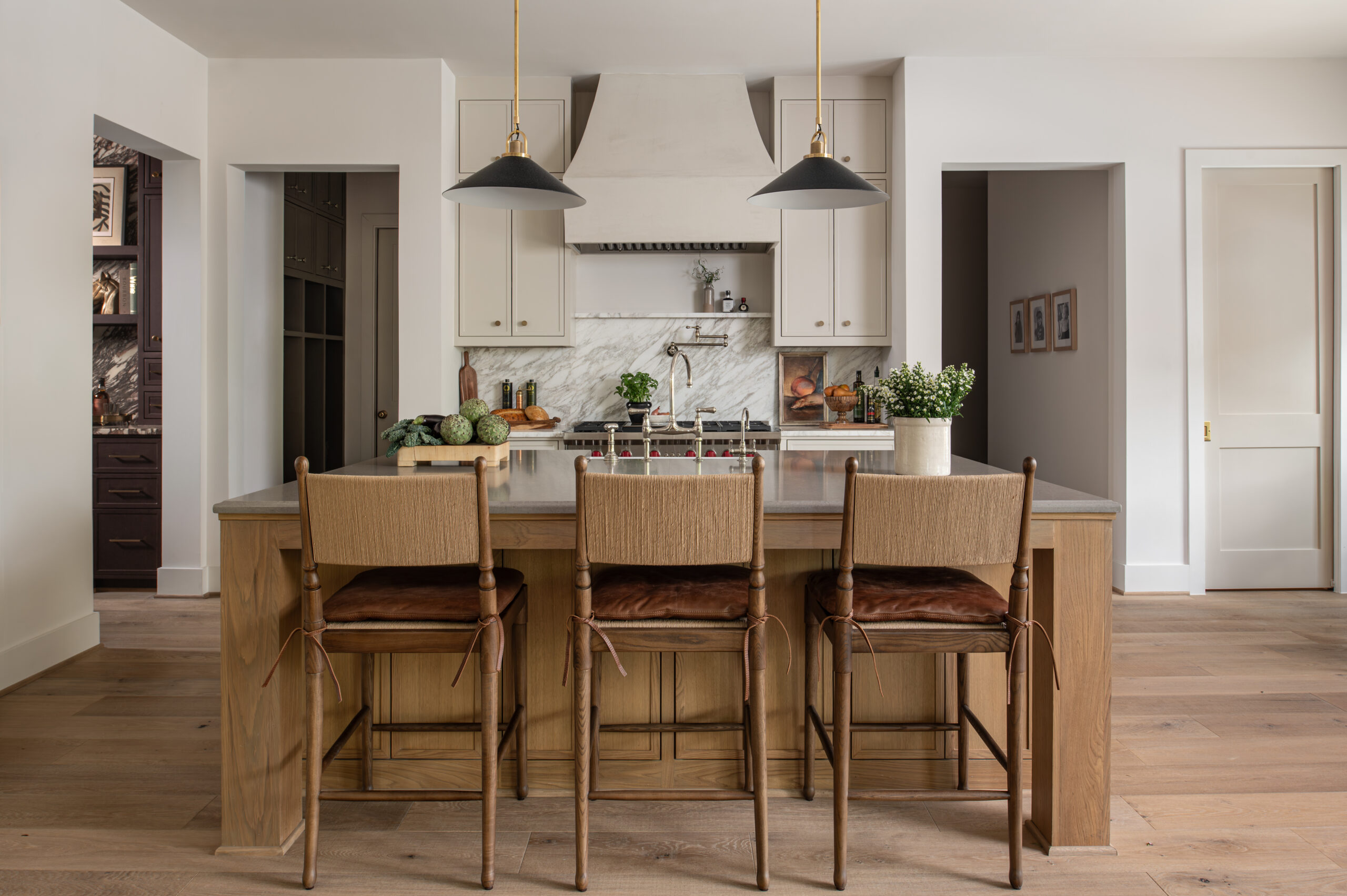
How Texture in Interior Design (and Lighting) Bring a Space to Life in Interior Design Photography
Photos can either flatten a design or make it feel like you could step right into the room. When it comes to interior design photography, one of the biggest things that separates a quick phone snap from an intentional, professional image is how texture in interior design shows up in the frame.
Texture in interior design is what makes a space feel rich and layered. It’s not just about color or layout, it’s the subtle shifts in material: soft vs. hard, matte vs. glossy, smooth vs. coarse. Texture tells a story, and as a photographer, my job is to make sure people can feel that story through the screen.
And you know what really makes those textures pop? Strobe lighting.
As a Houston interior photographer, I recently photographed a project by Lynn Holender, and this shoot was the perfect example of how the right lighting, paired with thoughtful design, can completely transform how a space feels in photos.
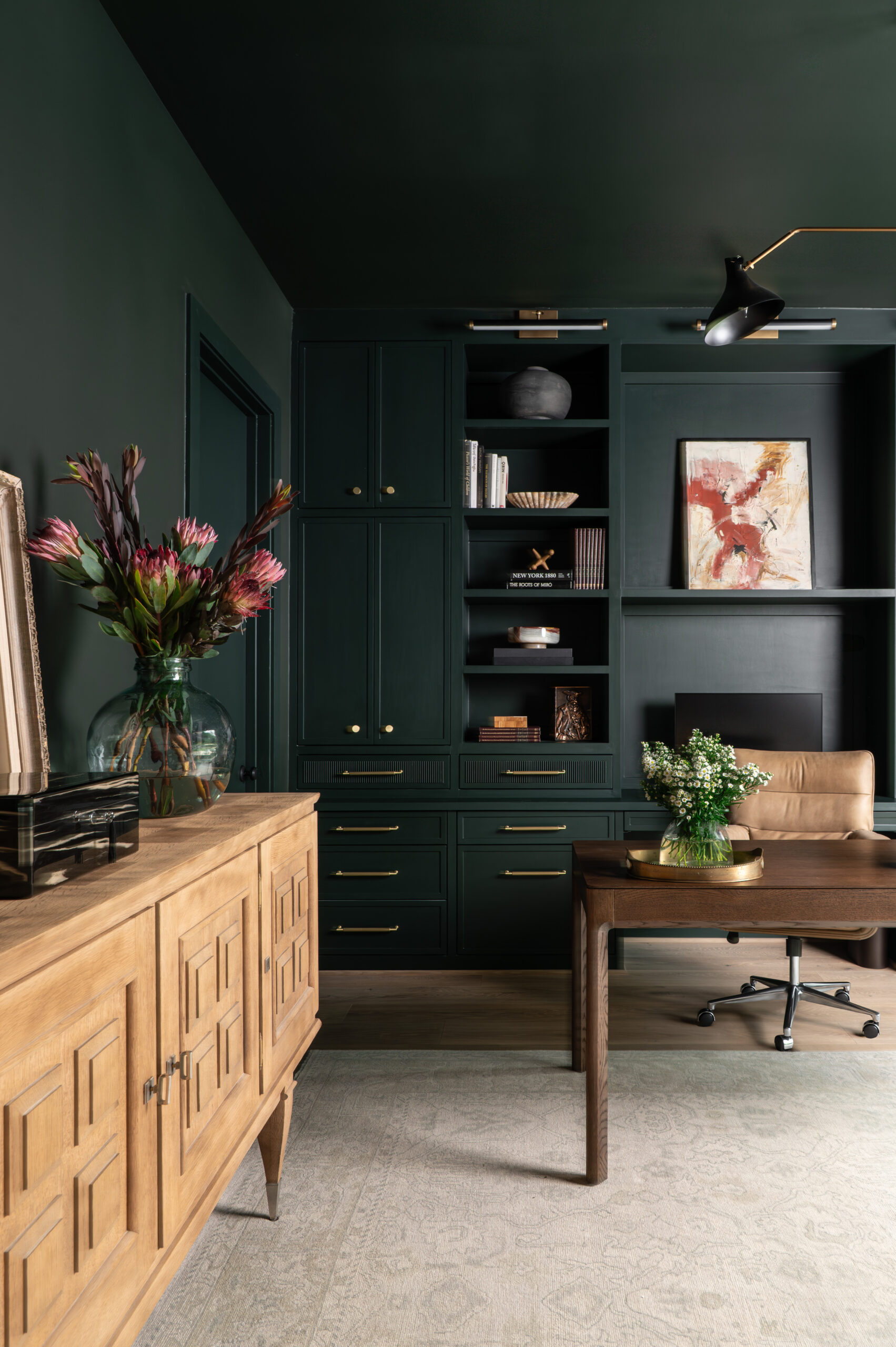
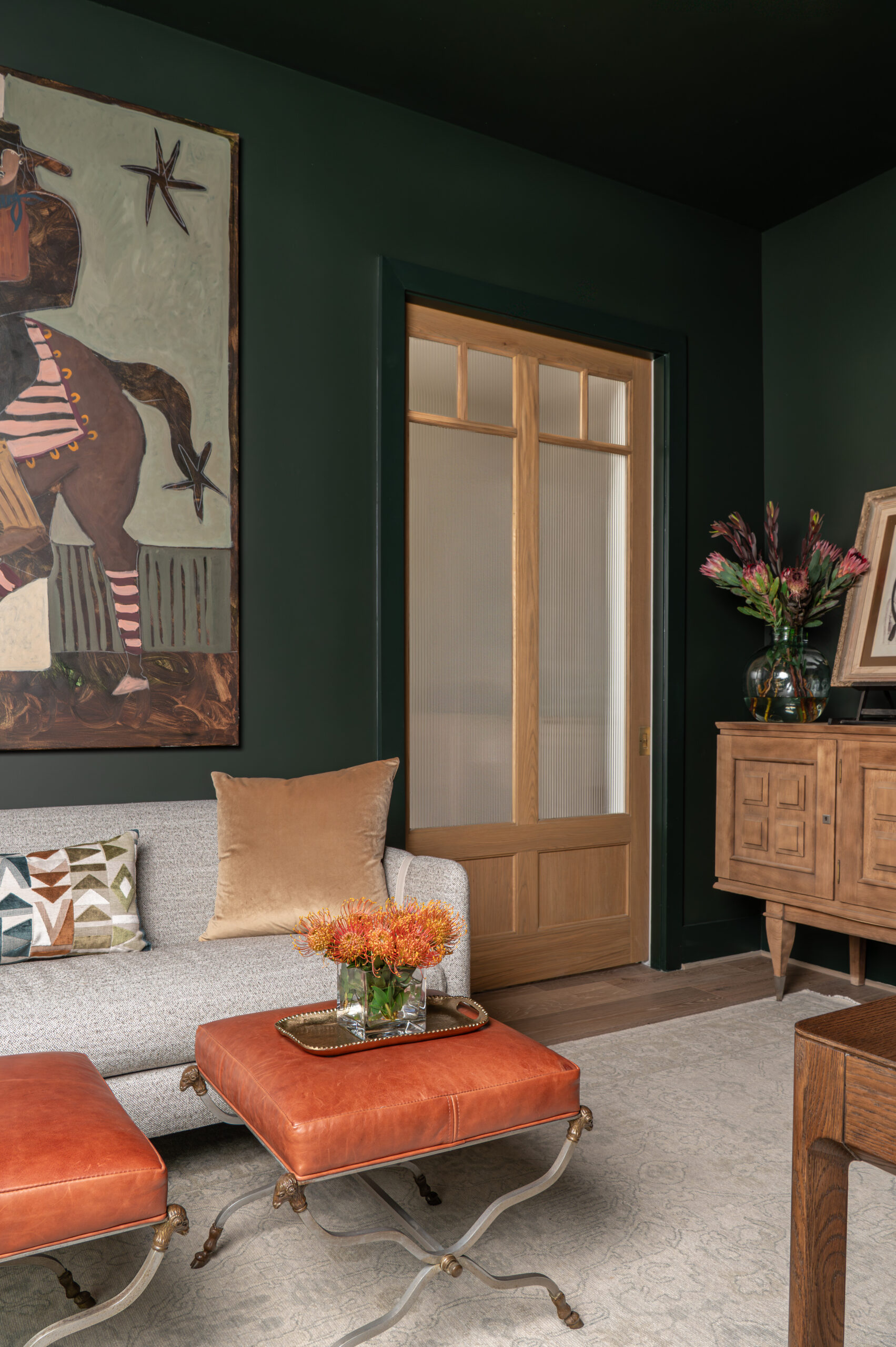


Why Texture in Interior Design Matters (Especially in Photography)
If you’re an interior designer, you already know how much time goes into material selections. You’ve mixed boucle with velvet, raw wood with sleek stone, linen drapes with limewashed walls. But the challenge? Those textures can fall completely flat if they’re not lit or photographed correctly.
Texture in interior design is one of the most important elements in your design that communicates mood. It adds warmth, elegance, contrast, and flow. If your client runs their hand along a plaster wall or sinks into a mohair armchair, they’re having a tactile experience. A photo has to hint at that same experience, without anyone needing to physically be in the room.
That’s where the power of intentional interior photography comes in.
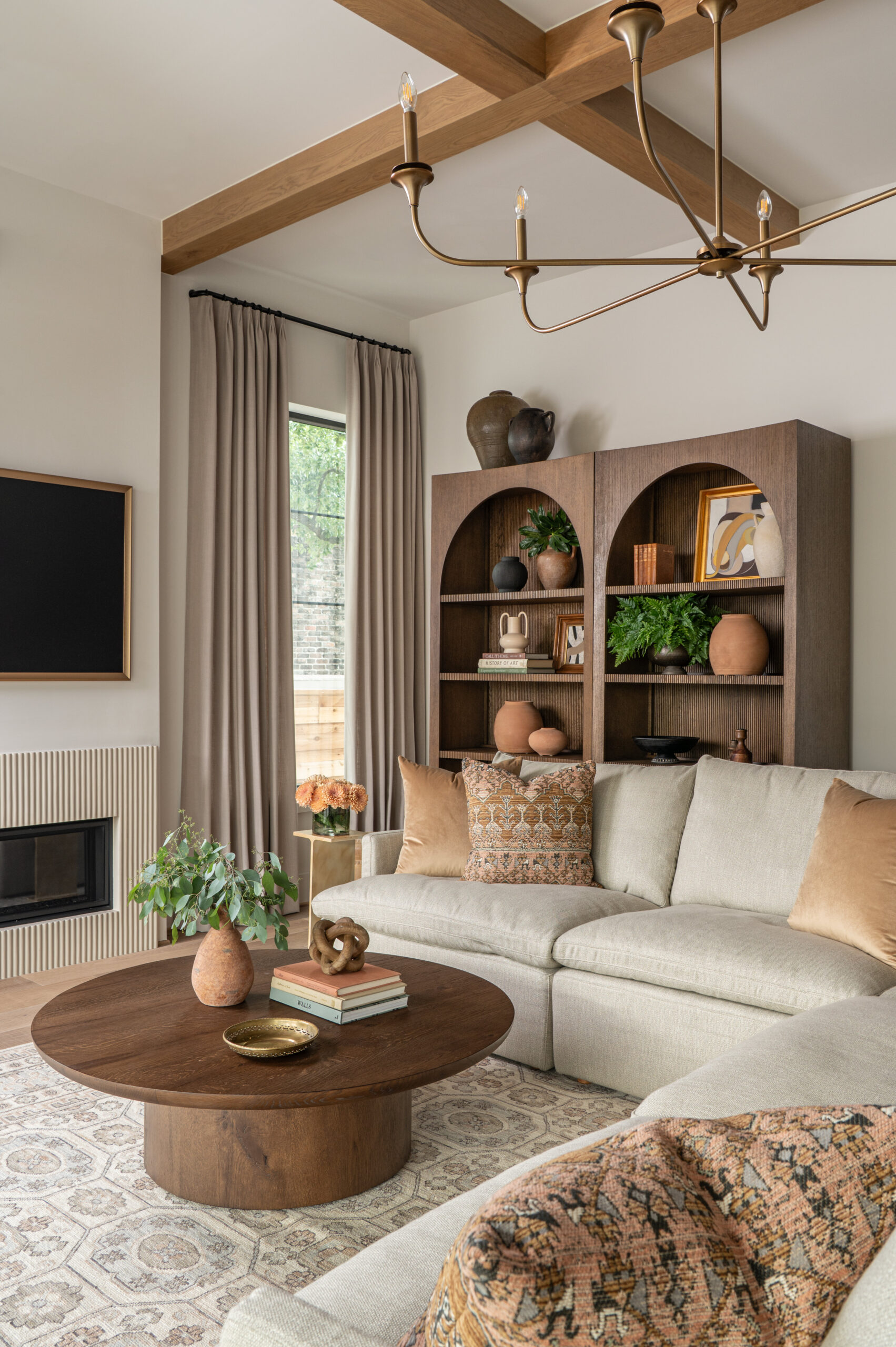
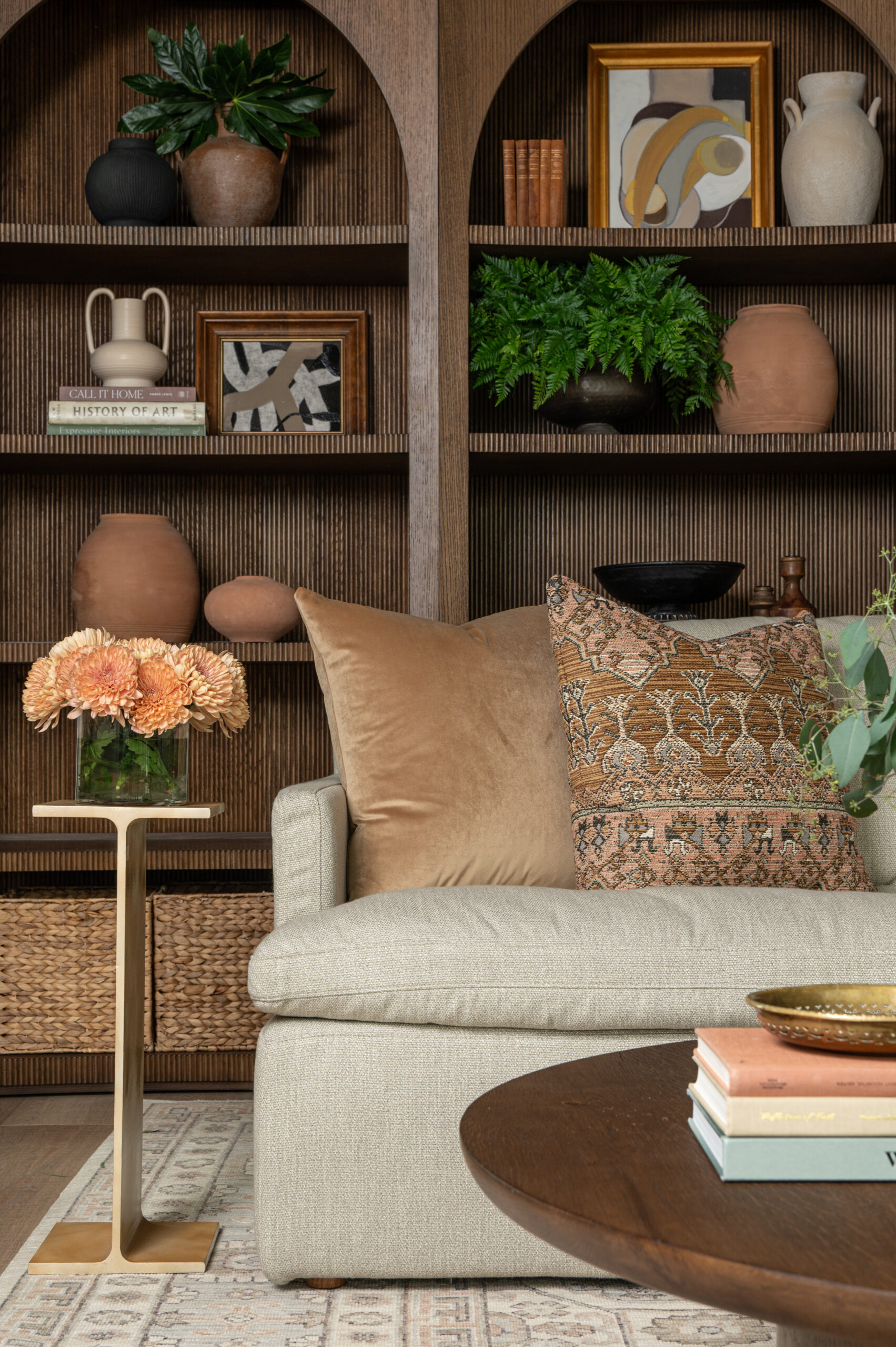
What Makes Texture Actually Show Up in Photos?
Hint: Lighting Is Everything
I don’t just rely on natural light. While soft window light is great for certain shots, strobes are what bring the depth. They highlight shadow and form in a way that gives fabric its richness, makes tile textures feel dimensional, and reveals the difference between matte vs. polished finishes. Strobes bring shape to materials that would otherwise look flat.
In Lynn Holender’s project, I used strobe lighting to emphasize those layers. The wood grain of the bookshelves, the delicate weave of the throw pillows, the gentle sheen of the custom drapes it all came alive. What could’ve looked like one beige wall next to another suddenly had movement, warmth, and interest.
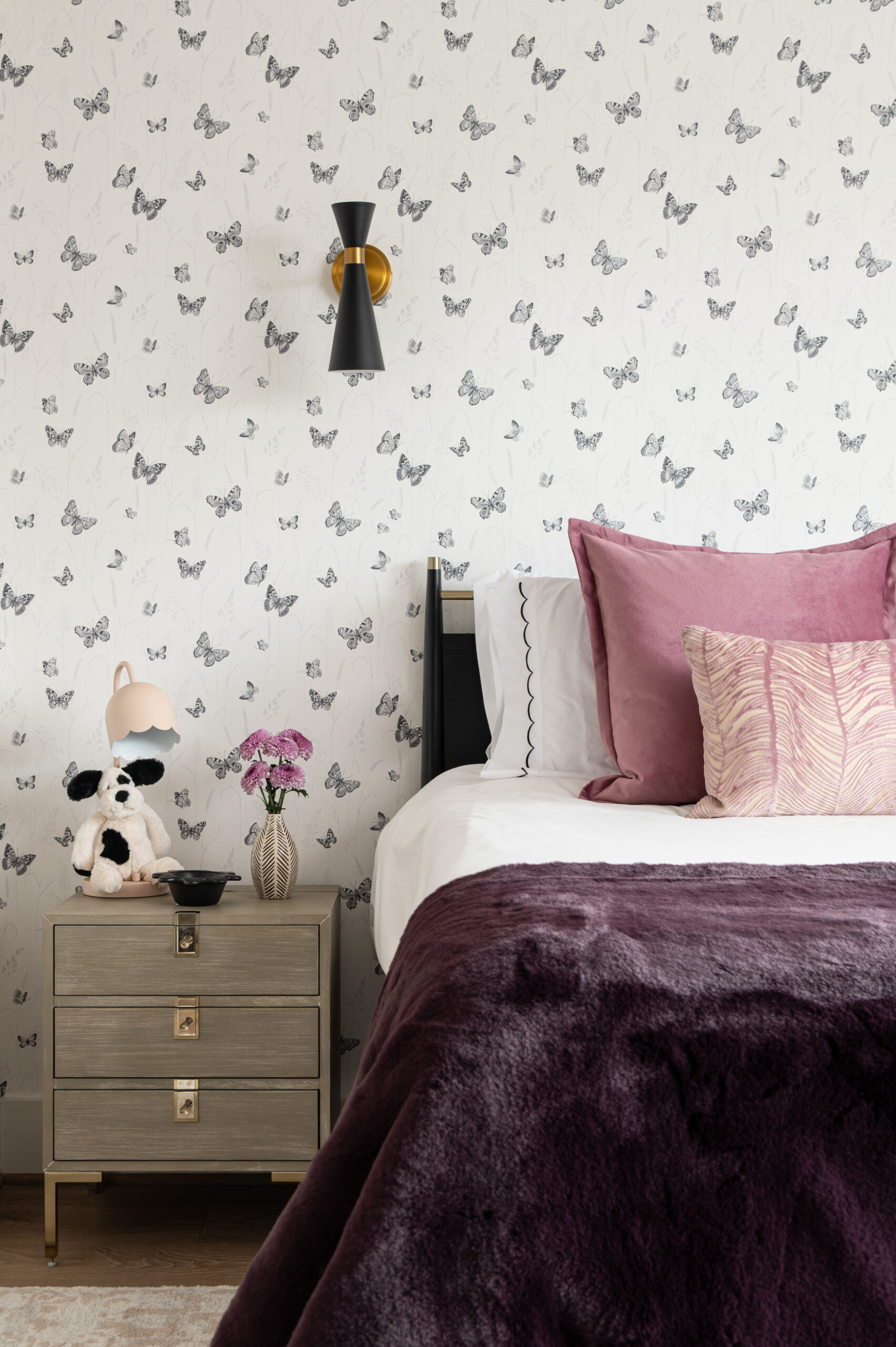
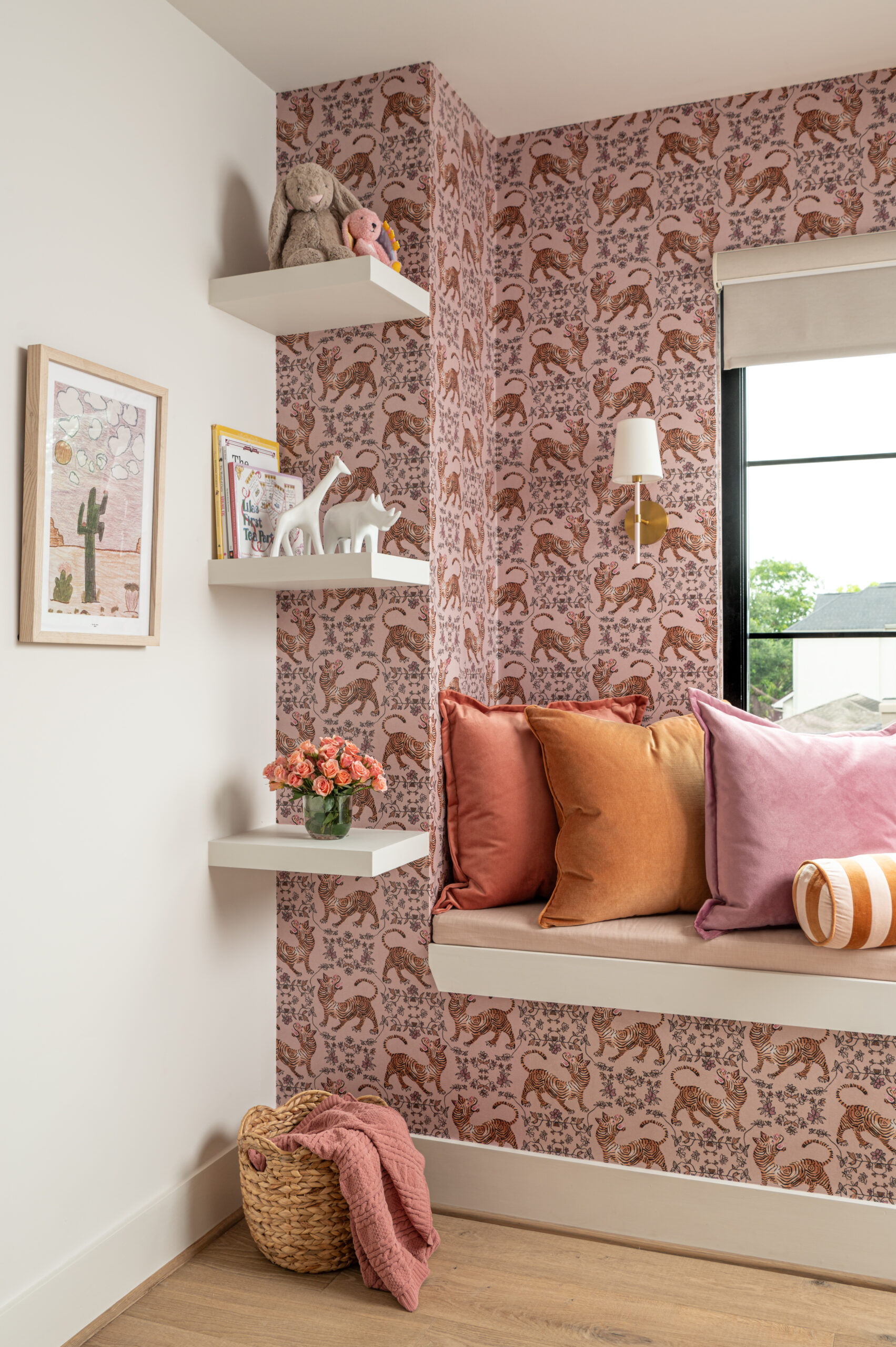
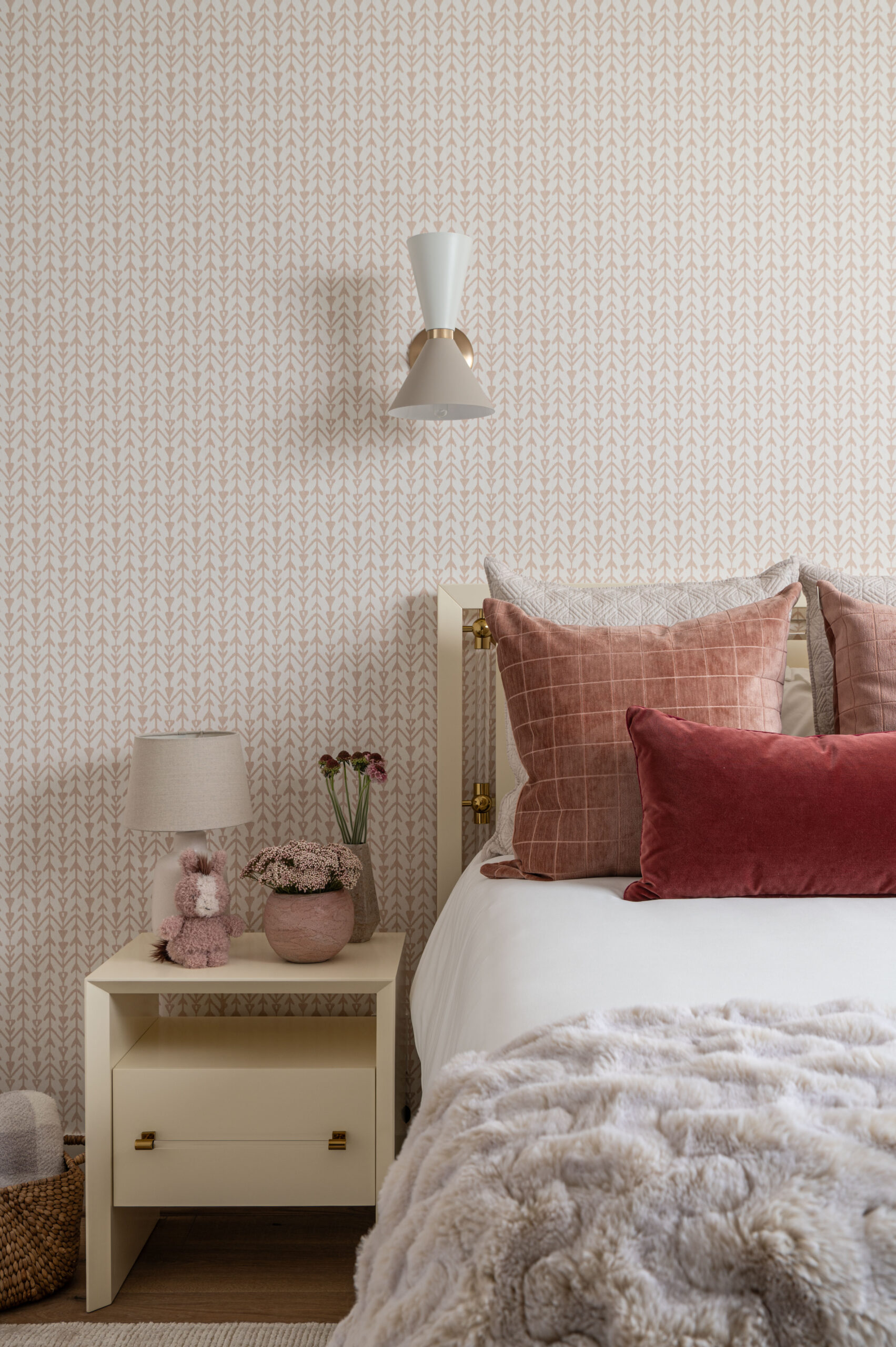
Tips for Highlighting Texture in Interior Design Projects
If you’re an interior designer planning your next shoot, or working with an inteiror photographer, you’ll want to think about a few things that can help make your textures sing:
1. Plan for Layering
Texture isn’t only about materials; it’s about how they interact. Think about layering elements in your space that contrast or complement each other. Think: crisp linen curtains beside a weathered oak bench, or a concrete table against a velvet chair. When photographed well, these differences in texture in interior design create instant visual interest.
2. Consider How Light Hits Your Materials
Not all materials photograph the same. Highly reflective surfaces like lacquer or marble might bounce light too harshly if not handled correctly. That’s where a strobe setup can balance everything out, showcasing detail without washing it out.
3. Details Matter
The folds in drapery, the texture of your bedding, the subtle ribbing on a ceramic vase, those are the things that bring personality to a space. Don’t overlook styling details that give your texture in interior design something to “catch” in photos.
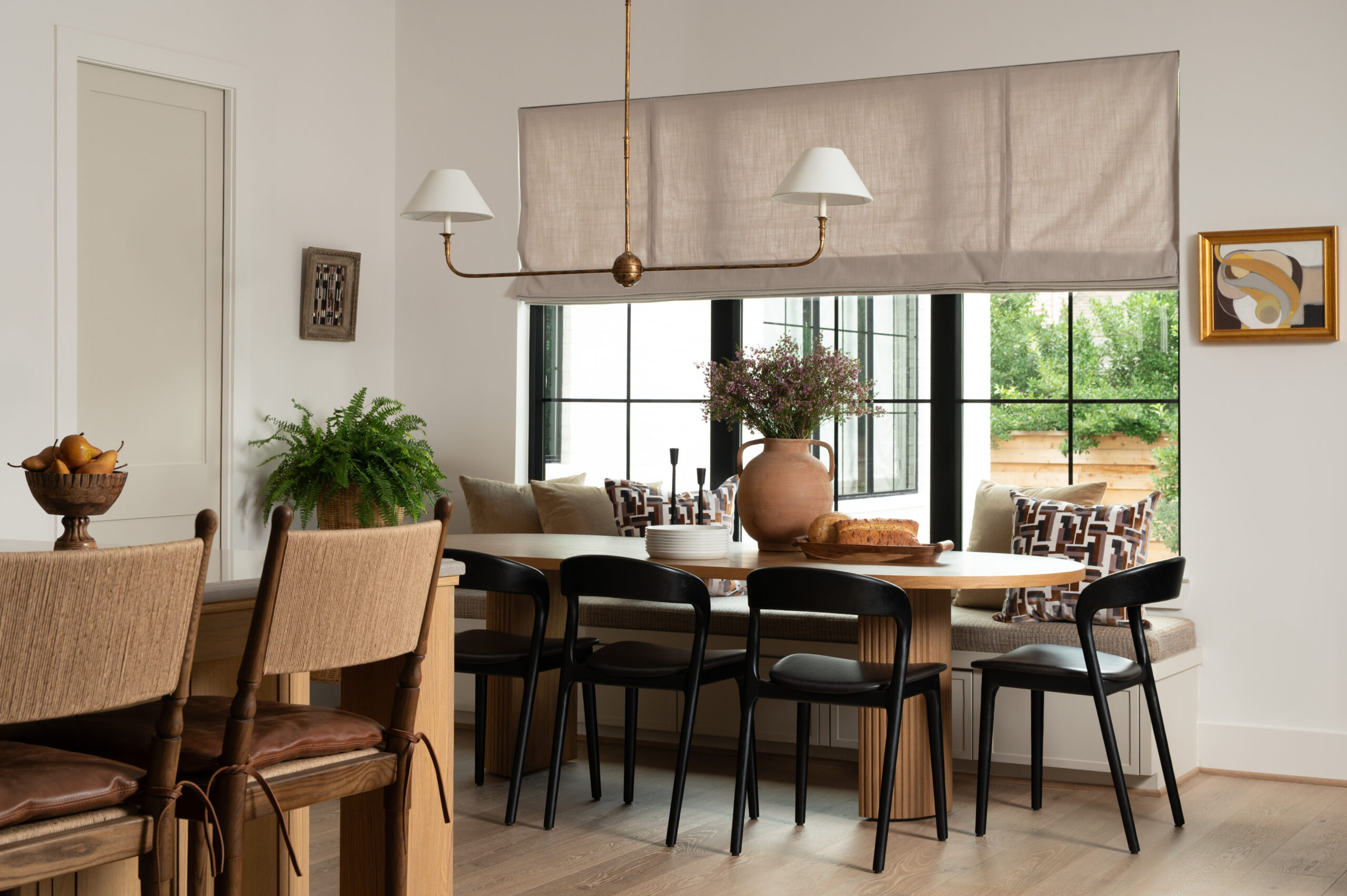
Texture in Interior Design: A Case Study with Lynn Holender
This particular shoot was a dream. Every room had its own texture story, and every material had a reason for being there.
There was this moment in the living room, the way the moody light caught the natural wood tones of the custom shelving while casting soft shadows on the wall, I couldn’t stop grinning behind the camera. Paired with woven textures and clean-lined furniture, the room felt grounded but elevated. And photographing it with strobes made it feel like you could step into the frame.
The bedrooms were another standout. Between the soft sheen of the bedding and the depth of the wallpaper, there was so much texture in interior design at play, and the strobe made all the difference. Without it, you’d miss the movement in the linens or the richness of the wall’s surface.
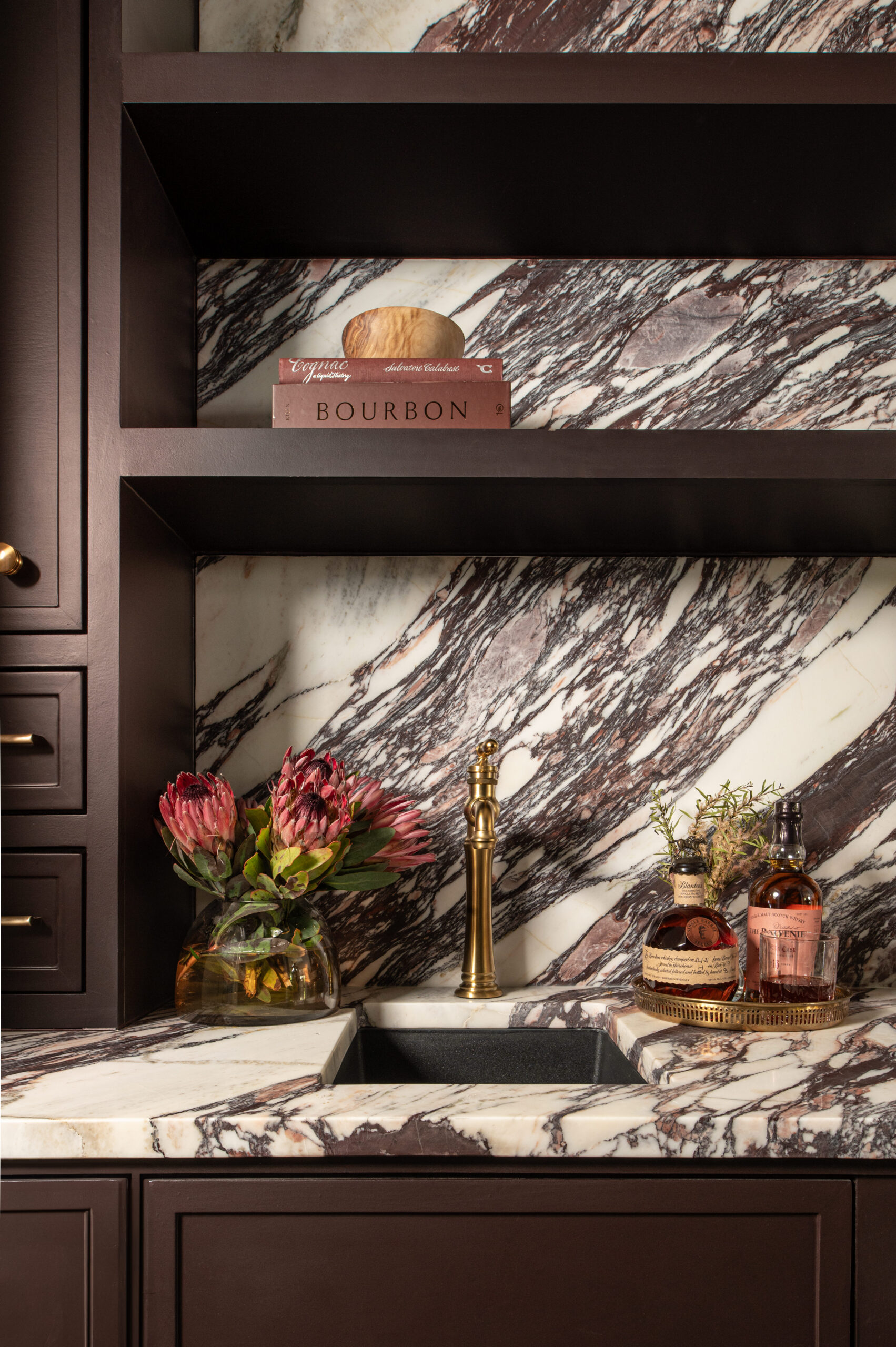


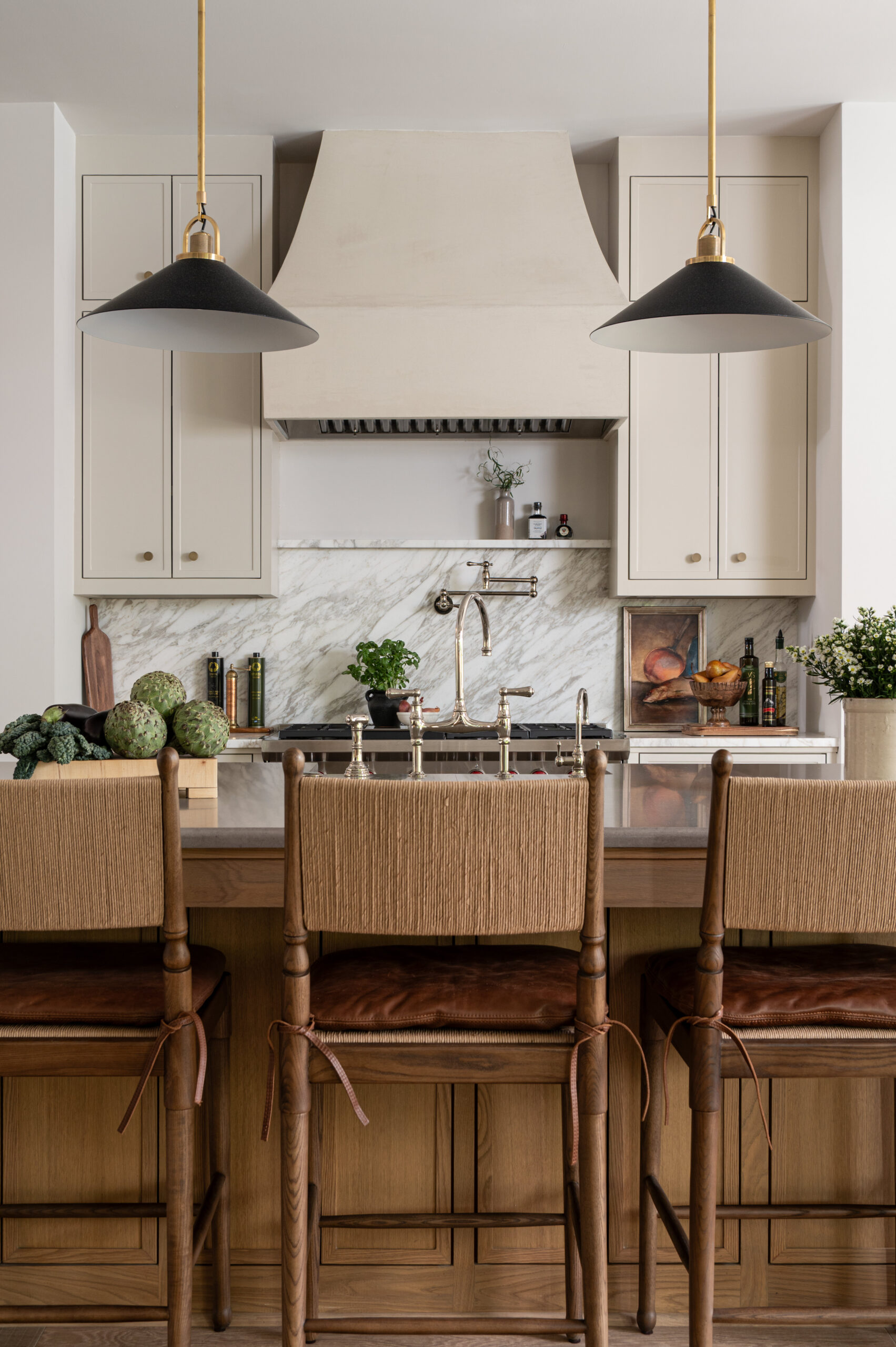
Why It’s Not Just About Pretty Photos
My goal as a photographer isn’t to just take pretty pictures of a finished space. It’s to show the work you’ve done in a way that helps other people feel it. A good image sells the experience of the room, not just the color palette.
Most of my clients are designers who’ve poured hours into selections, sketches, site visits, and revisions. You deserve photography that does justice to that. Whether you’re submitting to a publication or sharing on social, your photos should elevate your work and help attract the right kind of attention, whether that’s future clients or press.
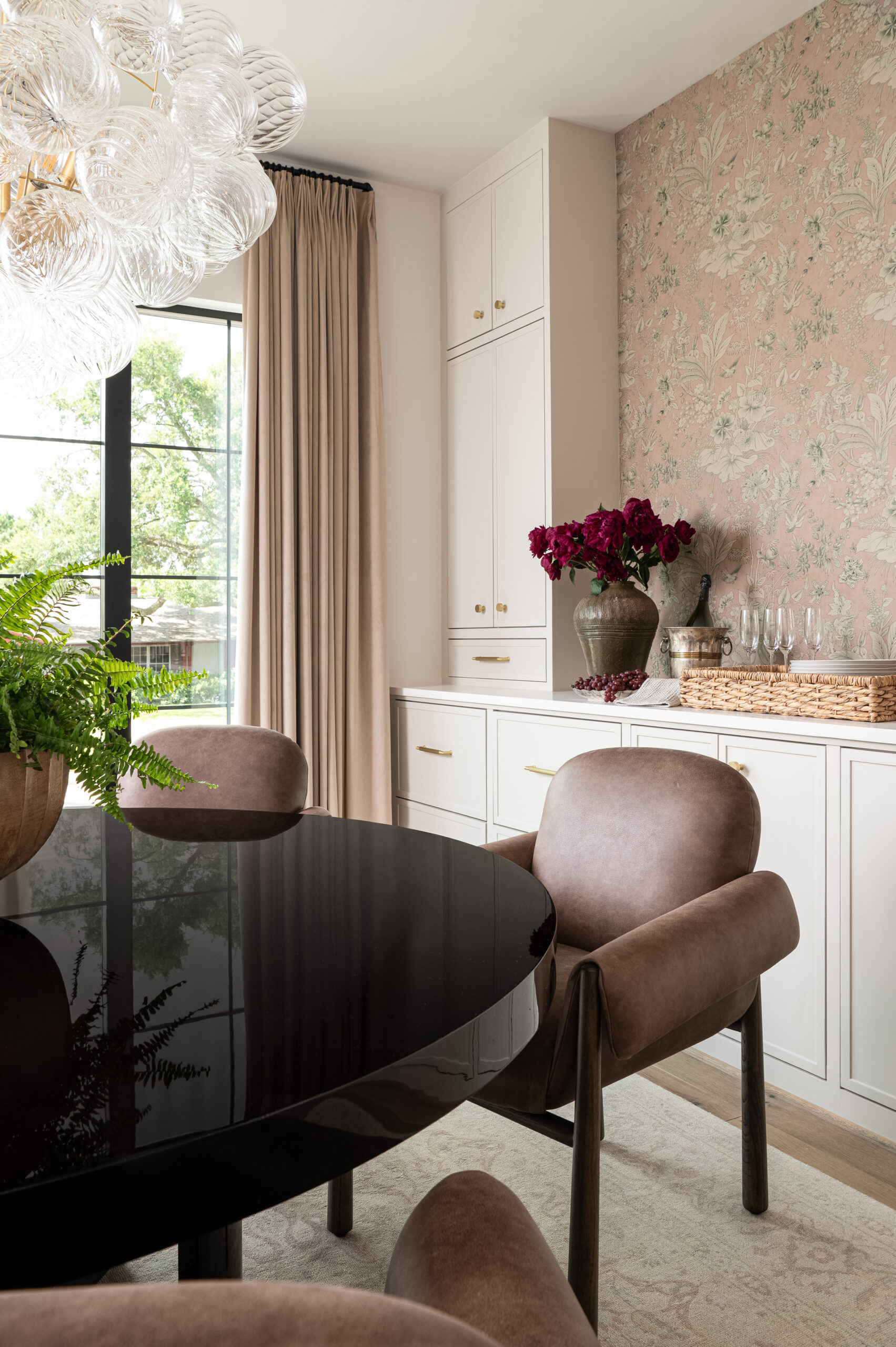
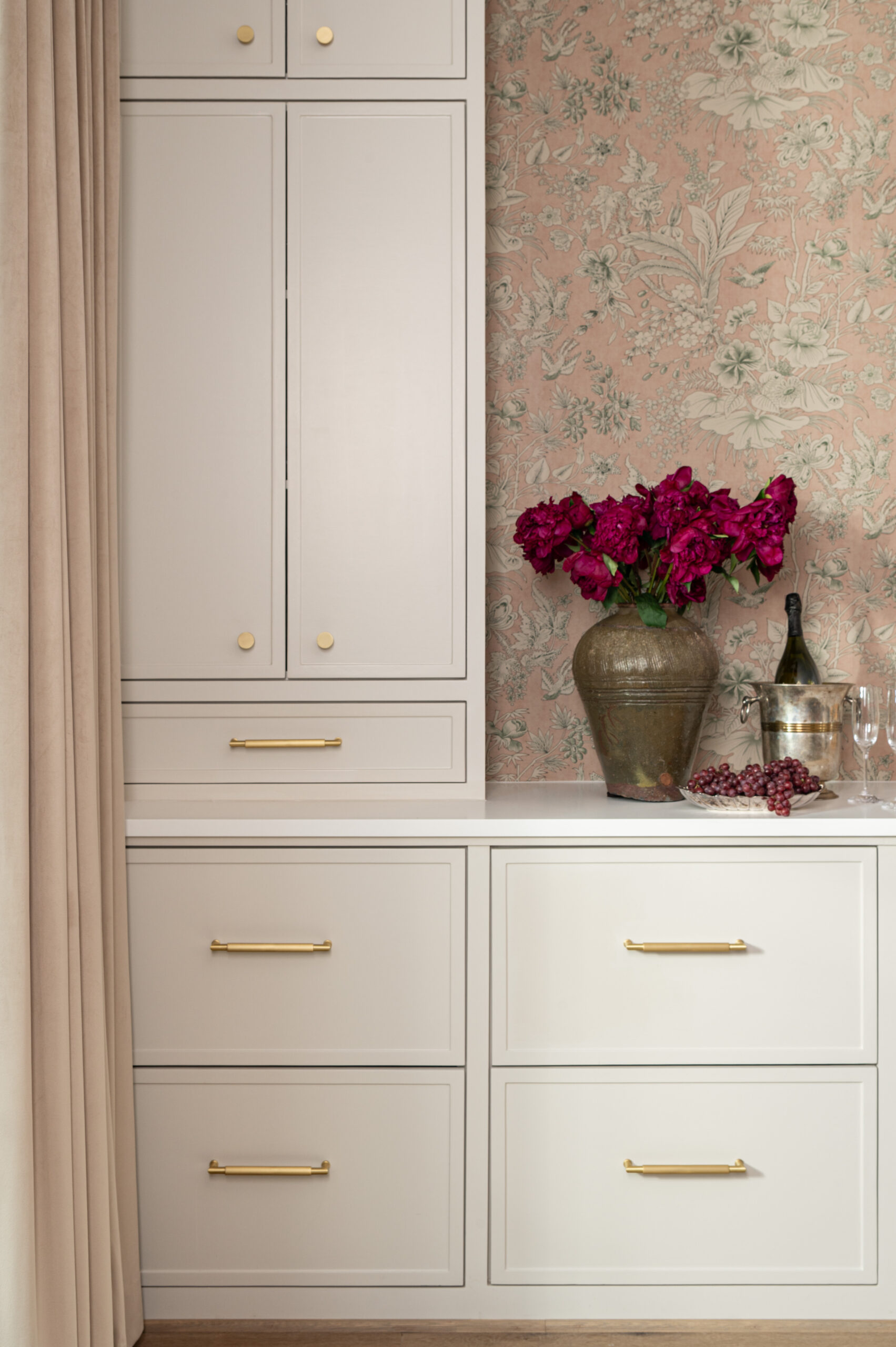
Book Your Houston Interior Photographer!
If you’re planning your next big install or want to finally get that dream project shot, let’s make it happen. Whether it’s a single-room vignette or a full-day shoot across multiple spaces, I’ll help you showcase the textures, materials, and story behind your design in a way that makes it impossible to scroll past.
Let’s bring your vision to life, in a way that actually feels like it. Contact me here to book your shoot.
Check out more of my work on Pinterest and more blogs below to help you on your DIY journey!
How to Photograph Interior Spaces Across Multiple Locations
The Power of Lighting for Interior Photography: Why Natural Light Isn’t Always Enough
Leave a Reply Cancel reply
Ellen Renee Photography is a Houston-based interior photography and storytelling studio dedicated to creating collaborative and beautiful experiences through imagery.
© 2024 Ellen Renee Photography | BRAND & WEBSITE DESIGN BY Carrylove Designs
Book Your Session